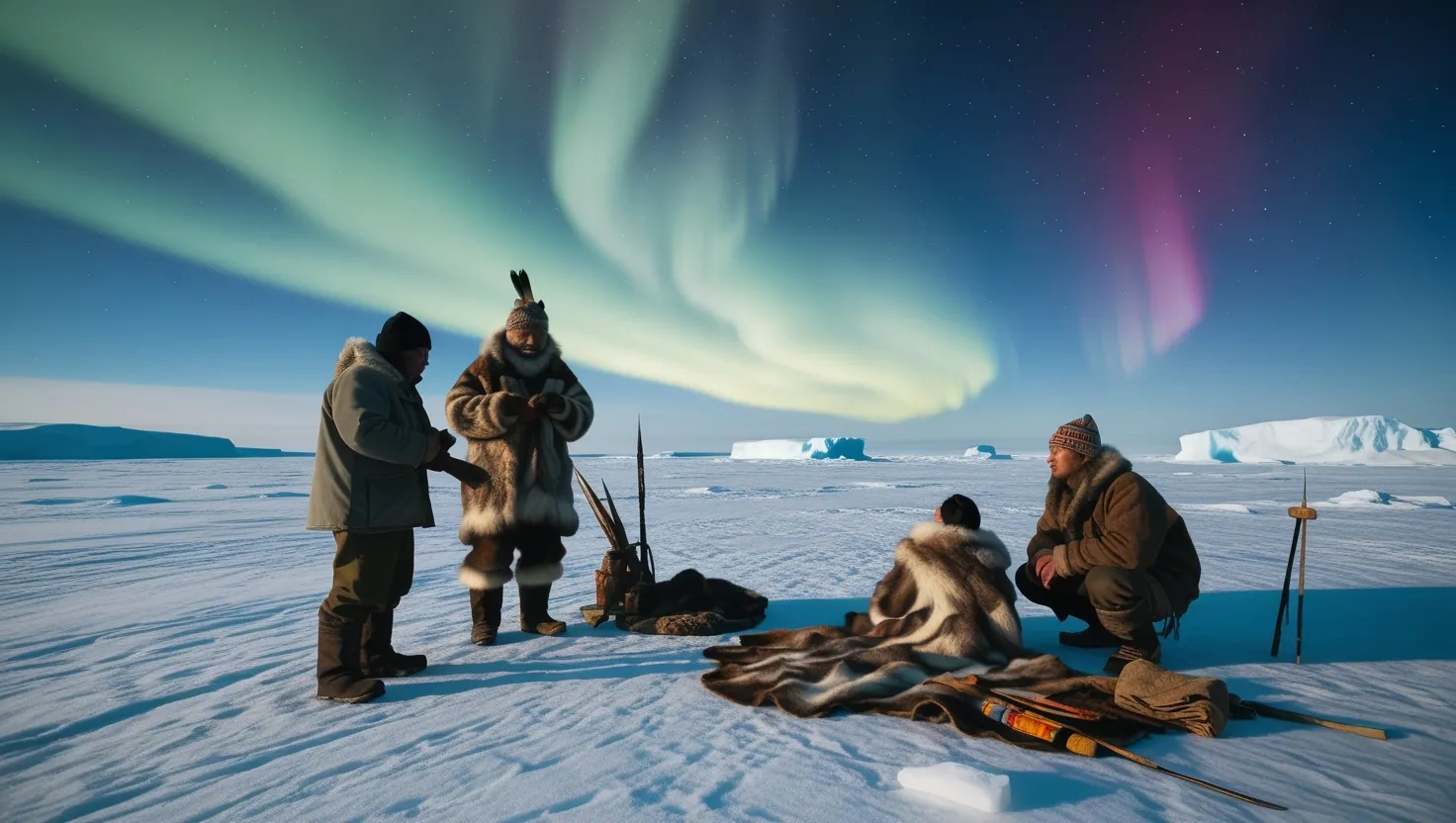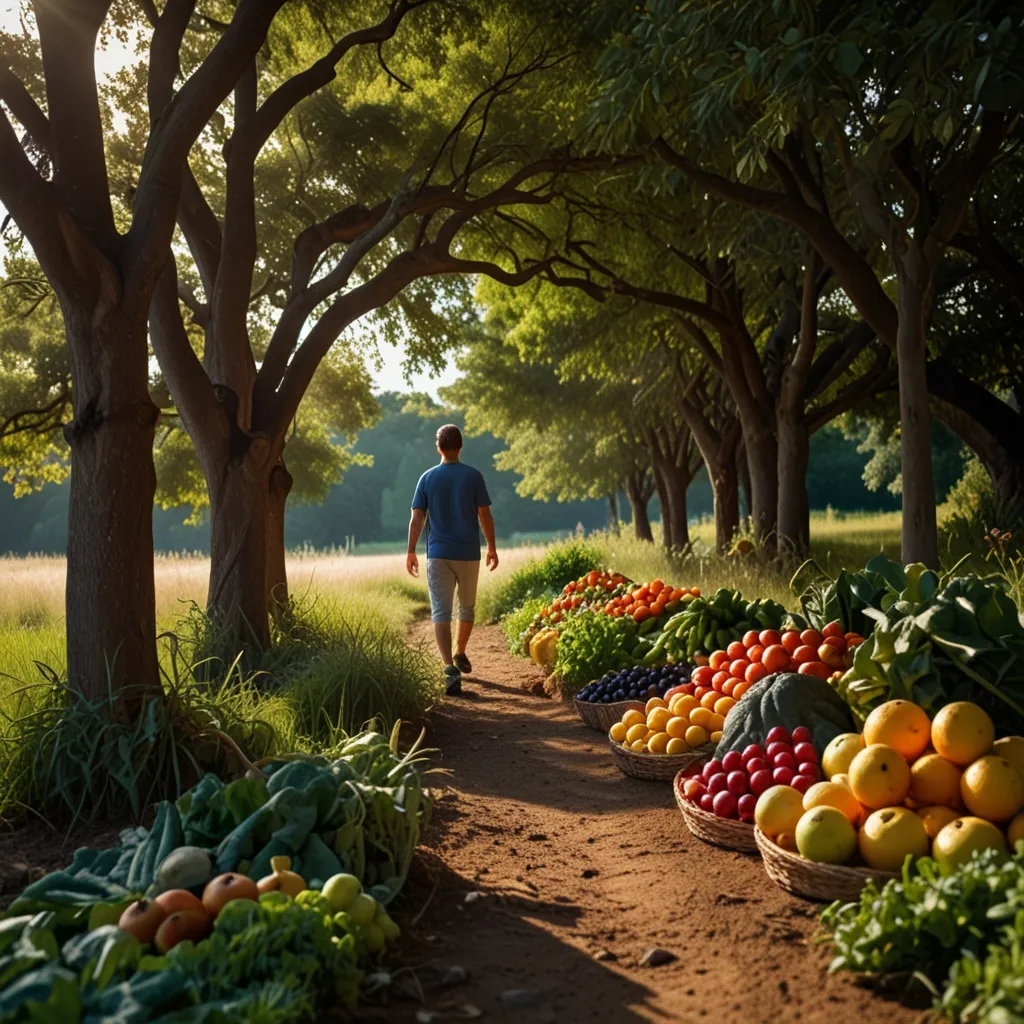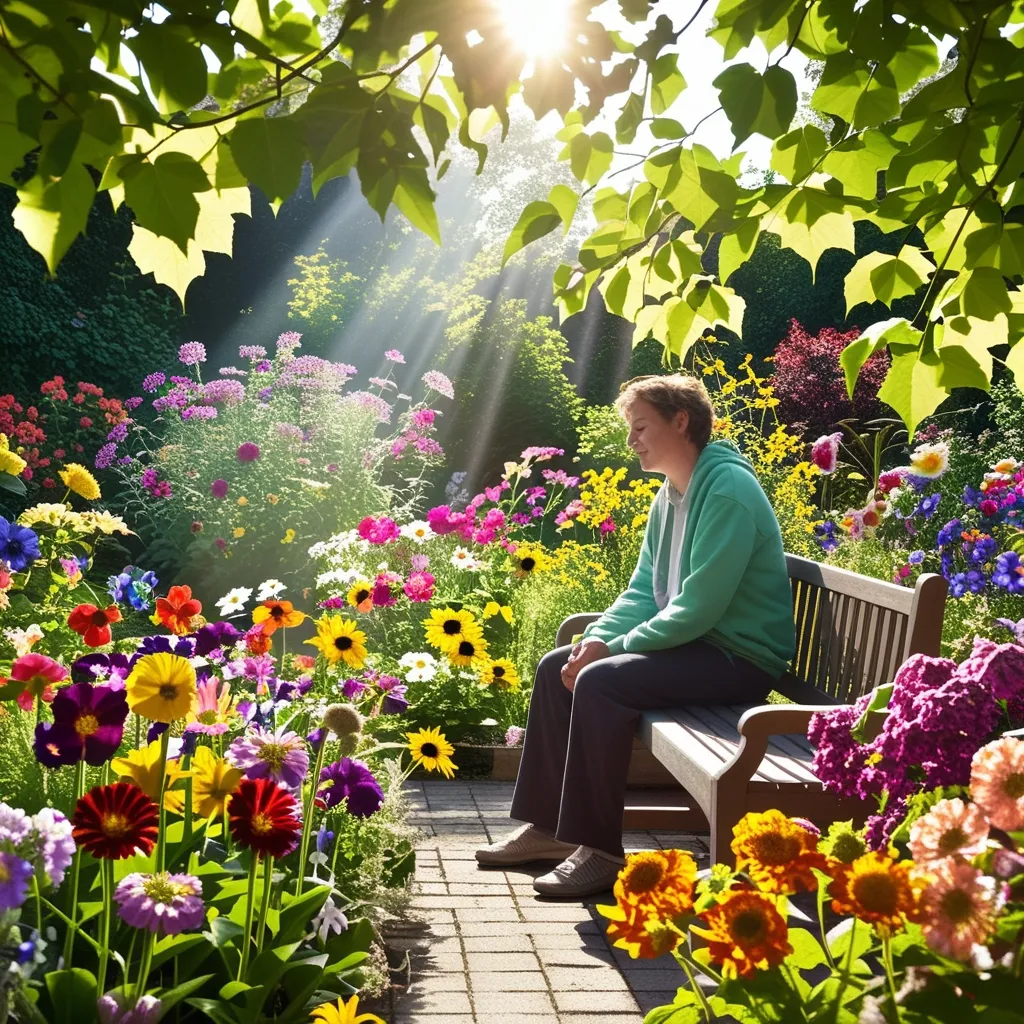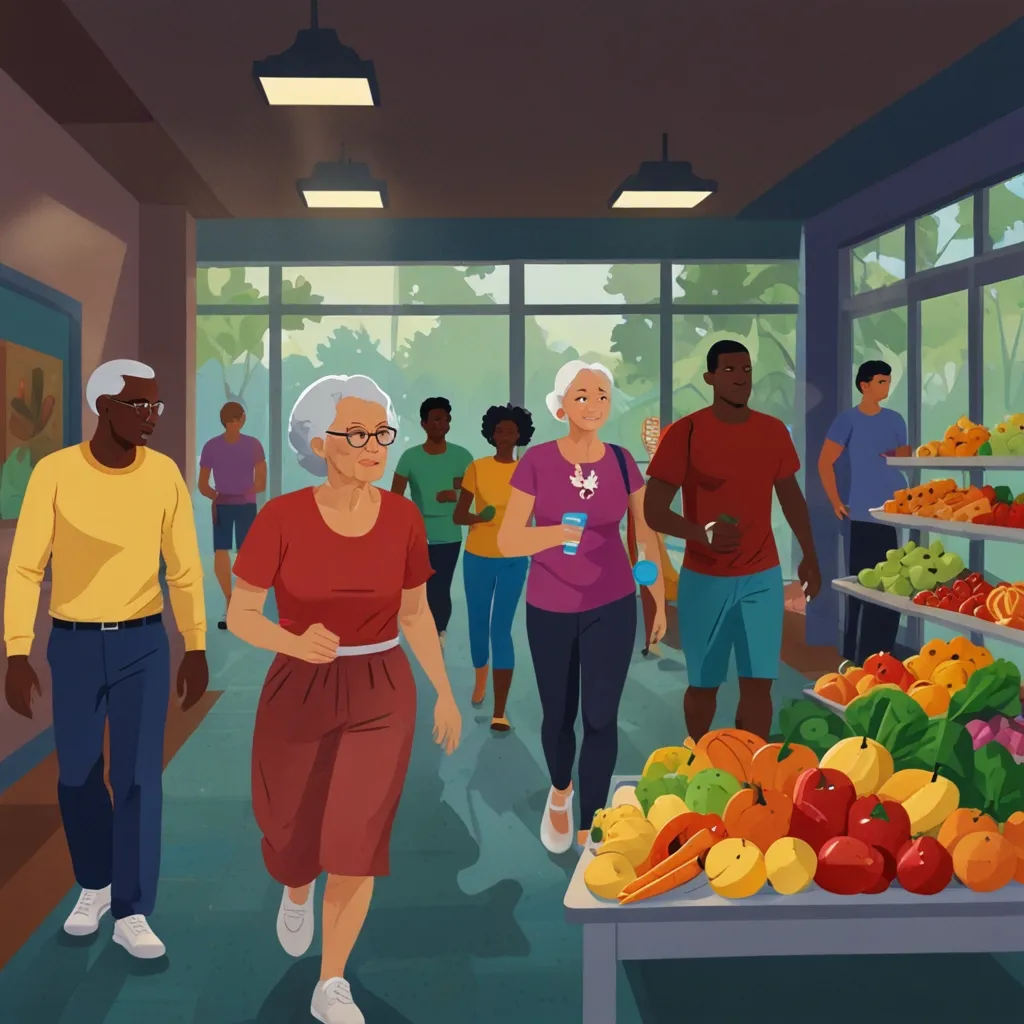If you’ve ever wondered how a human community could survive for thousands of years above the Arctic Circle, in temperatures that dip well below freezing and daylight that sometimes disappears for weeks, then you’re already thinking like an Inuit. Their way of life isn’t just a textbook study of adaptation—it’s a living, breathing manual for resilience, creativity, and solidarity in the face of constant challenge. Today, as our own lives seem to grow more volatile—environmentally, socially, even emotionally—the wisdom of the Inuit feels more relevant than ever.
Let’s start with what many of us have forgotten in a world of endless notifications and climate-controlled offices: paying close attention to the environment. Inuit hunters don’t just notice big changes. They notice the way the wind turns sharp in the morning, how a certain bird call can warn of shifting weather, or the way ice groans before it cracks. This isn’t intuition so much as meticulous observation, honed by necessity and passed down through stories and living example. I try to replicate even a small piece of this by stepping outside each morning and taking a few moments to observe. What’s different about the sky? The birds? Even in a city, you can find patterns to observe—a patch of wildflowers, the shadow of a cloud passing over buildings, the way leaves collect in certain corners. This daily practice trains my mind to tune in instead of zoning out.
“Look deep into nature, and then you will understand everything better.” — Albert Einstein
I often ask: When was the last time you stood still—really still—and listened? For Inuit hunters, stillness is not only a tactic but a lifeline. Wait too long to move, and you may lose your chance. Move too soon, and you might startle your only source of food for days. This discipline of purposeful stillness, sitting comfortably with silence and inaction, feels almost radical in the constant motion of modern life. I’ve started inserting ten-minute pauses between my tasks—a time with no phone, no background noise, just breath and presence. In a culture that celebrates reaction, learning to wait with patience becomes an act of rebellion, and a surprisingly effective one at that. Stillness isn’t laziness. It’s recovery, it’s recalibration, and it’s the groundwork for better decisions.
“Adopt the pace of nature: her secret is patience.” — Ralph Waldo Emerson
What’s on your table tonight, and who will you share it with? For the Inuit, food is more than nutrition; it’s glue for the community. Traditionally, the best cuts go first to elders and children, sometimes even to the dogs who keep the sleds moving. It’s a custom that turns a private act into a public good. When I make dinner now, I try to prepare a little extra for a neighbor, a friend, or even a colleague who’s had a rough week. Eating together, even if it’s just once a week, creates a tiny pocket of support and conversation that screens and takeout boxes tend to erase.
“Alone, we can do so little; together, we can do so much.” — Helen Keller
How much do we throw away because it’s easier than fixing it? The Inuit found use for every part of an animal, from bone and sinew to fur and fat. This practice wasn’t just about survival—it was a celebration of ingenuity. Old sled runners became tool handles, scraps of hide turned into toys or repairs. I’ve started asking myself before I toss anything: Can this be mended, shared, or transformed? What would it become if I just looked at it from a new angle? Old sweaters become mittens. Glass jars transform into herb gardens. In the process, waste shrinks and my own sense of creativity expands.
“Creativity is intelligence having fun.” — Albert Einstein
If your mood seems to drop in winter or rise with the summer sun, you’re already experiencing what the Inuit have known forever: our bodies and spirits follow rhythms of light and dark. In the high Arctic, entire weeks can pass without a sunrise. During those times, Inuit communities slow down, prioritize rest, and focus on tasks that don’t require daylight. When the sun finally returns, life shifts into high gear, with festivals, hunts, and social gatherings. Mimicking this cycle—even if I’m far from the Arctic—means I allow myself slower mornings in winter, more reflection after dark, and in summer, I try to spend more time in motion and with others. Blackout curtains help with sleep. A sunrise lamp tricks my mind into believing the day has begun, even when it’s gloomy outside.
“To appreciate the beauty of a snowflake it is necessary to stand out in the cold.” — Aristotle
Inuit communities have always prized oral tradition, using storytelling both as entertainment and as a tool for survival. Every narrative contains a lesson—how to hunt a seal, where to find shelter, why patience in a storm is sometimes the best strategy. I’m reminded that our own stories, passed down at dinner tables or shared in workplaces, serve a similar purpose. What have you learned from a grandparent, an elder, or a child lately? What stories will you pass on?
There are also less-visible practices that build resilience in the Arctic—like collective decision-making. Traditional Inuit governance rarely relied on hierarchy. Instead, elders and community members consulted until consensus was reached. This system, based on respect and deliberation, fosters a deep sense of belonging and shared responsibility. Imagine how our own teams and neighborhoods would change if we approached disagreement with the patience for consensus, rather than just a quick vote.
“Peace is not absence of conflict, it is the ability to handle conflict by peaceful means.” — Ronald Reagan
Spirituality for the Inuit isn’t confined to designated places or times. The natural world is alive, charged with meaning and connection—animals, weather, and land are all participants in a spiritual dialogue. There’s an animism here, a constant sense of reciprocity: respect for the seal, gratitude for the fish, sorrow for the loss of the caribou. For me, this translates into a more mindful engagement with my environment. Do I give back what I take? Do I acknowledge where my food, my clothes, my comfort come from?
“Thousands have lived without love, not one without water.” — W.H. Auden
Even the Inuit sense of humor plays a role in survival. In the longest nights, laughter becomes medicine. Jokes, teasing, and playful competition help keep spirits up when conditions are harshest. I find this an essential reminder: levity is not escapism. Sometimes, it’s the only thing that keeps you going.
So, how do you build resilience in a world that often feels unpredictable and overwhelming? I’d argue that the ancient practices of the Inuit offer a blueprint. Pay close attention. Be patient. Share what you have. Make the most of what’s available. Honor cycles of rest and action. Tell stories, seek consensus, and don’t forget to laugh—all woven into the rhythms of daily life.
If the Arctic teaches anything, it’s that survival is never a solo act. Our best future will be one we build together, using both wisdom from the past and the courage to adapt it for our times. Isn’t that the kind of resilience we all need right now?






